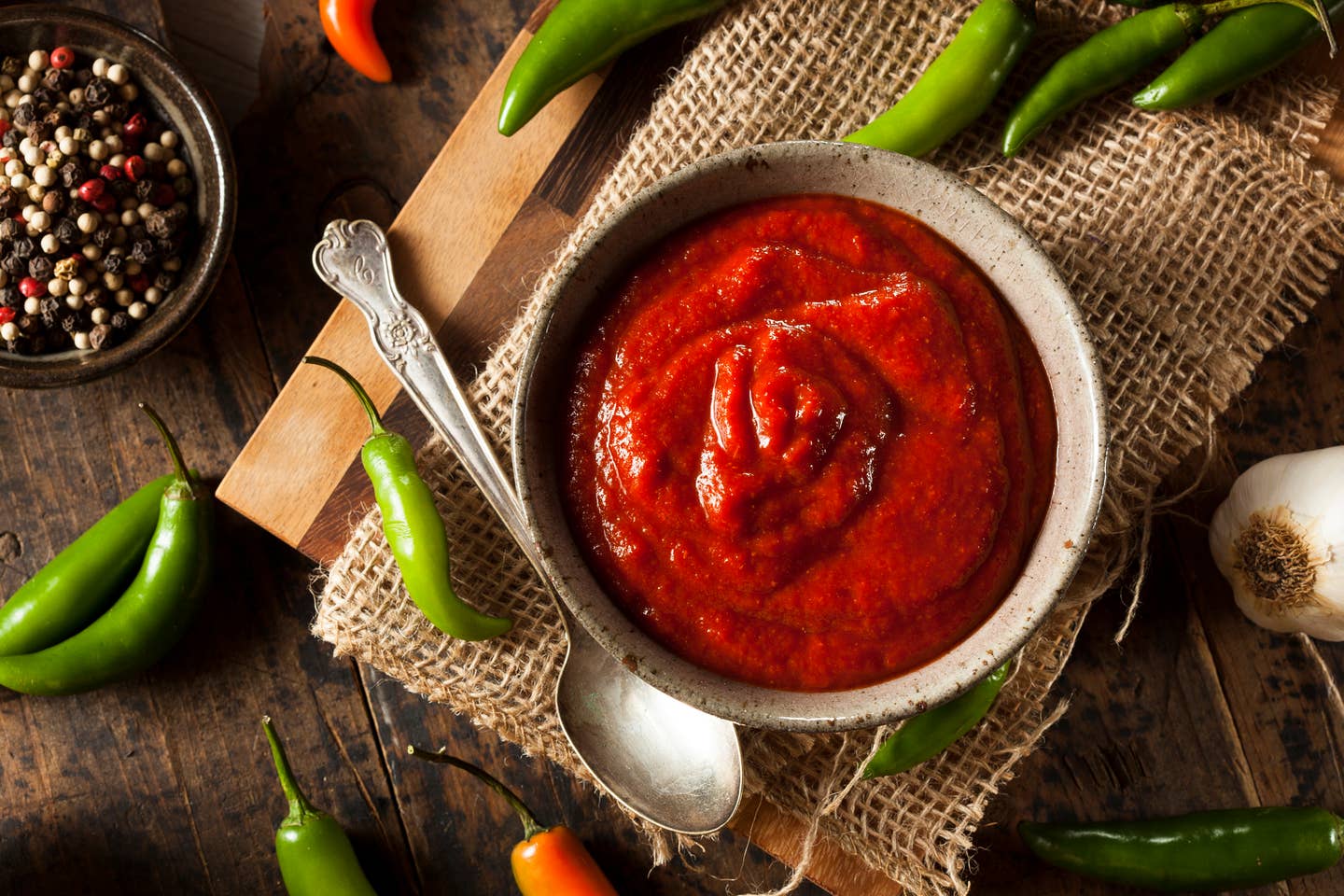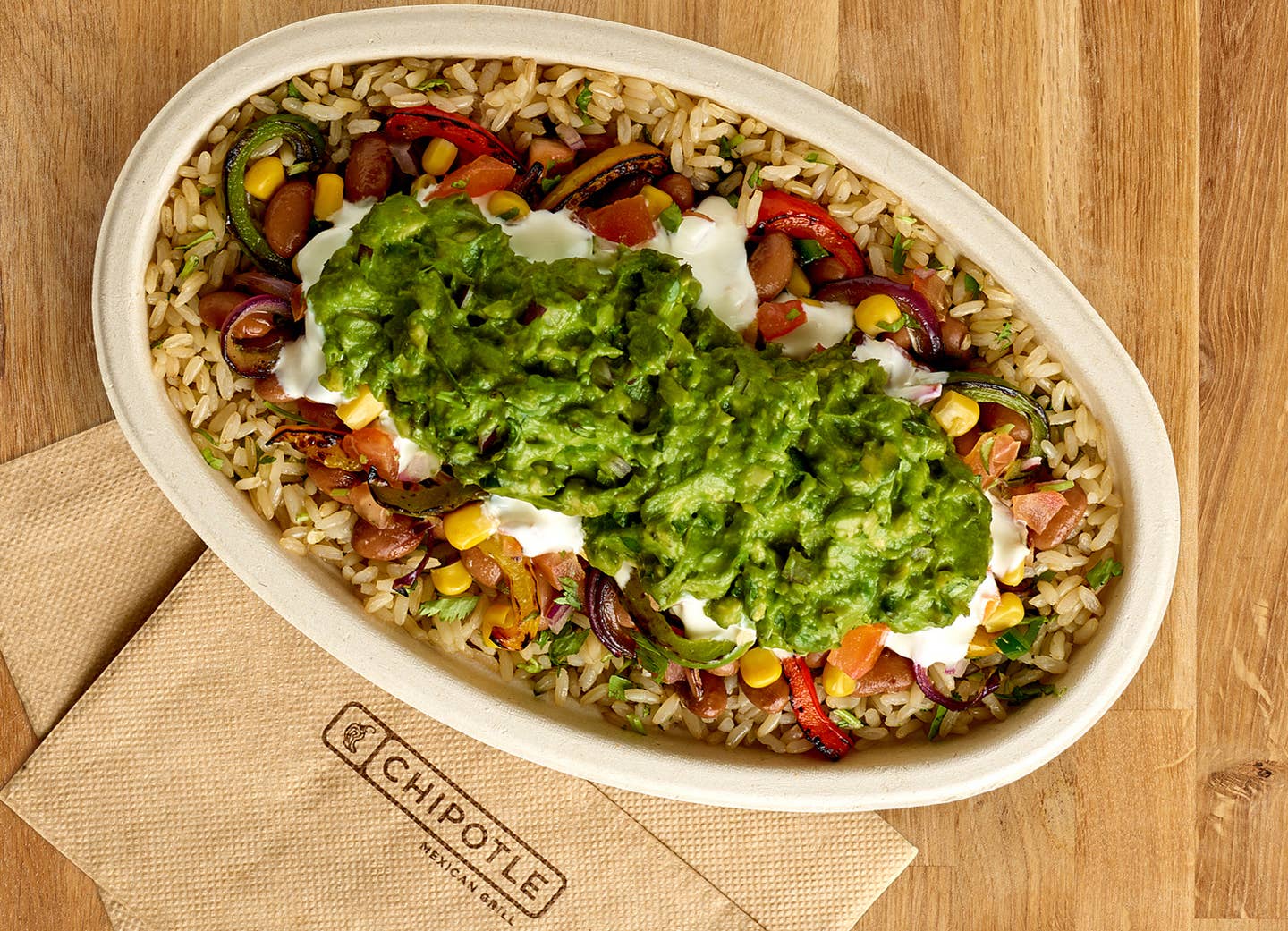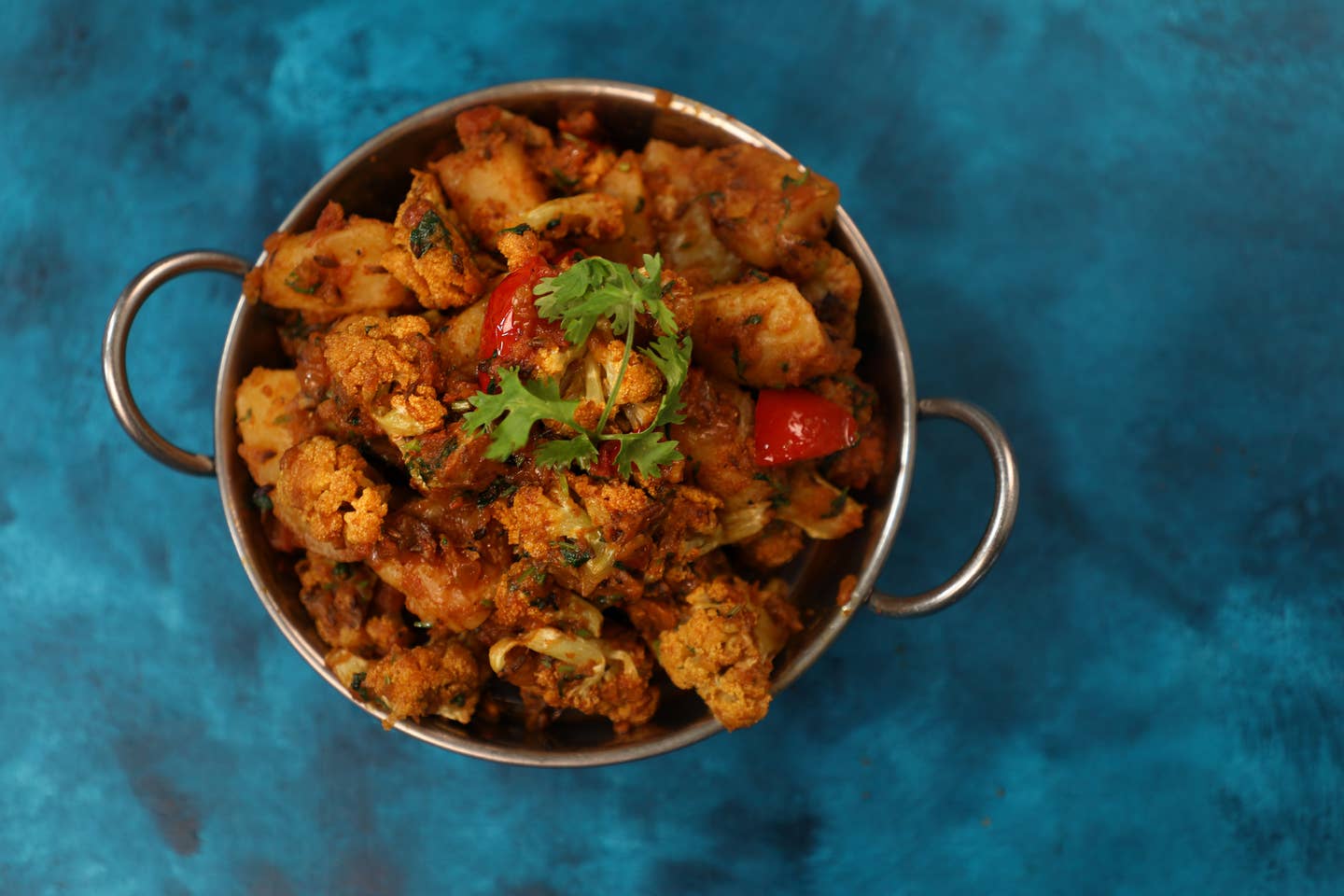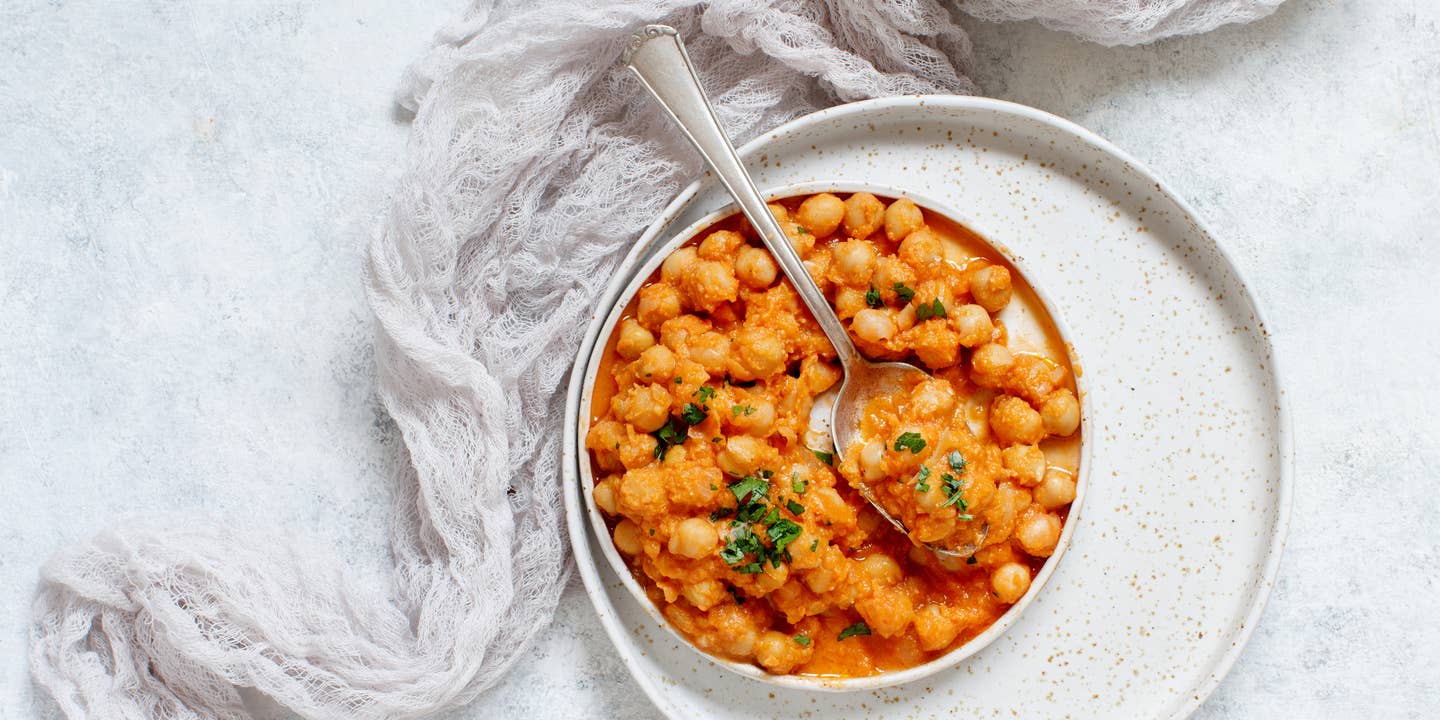
There’s A National Sriracha Shortage. Here’s How to Make Hot Sauce at Home
For fans of Sriracha hot sauce, a national shortage of their favorite red sauce is cause for five alarm fire. If you're one of the millions who can't enjoy their scrambled eggs, or tofu stir fry or just about any savory food without a few shakes of the bottle mixed in, don't panic. You may not be able to get your beloved hot sauce at the store but we have a recipe to help you make it – and make it even healthier without any preservatives – at home.
Read on to learn why Sriracha is the latest baby formula, shortage-wise, and what you can do to mitigate the worry by creating an extremely similar hot sauce in your own kitchen.
First Why is There a Shortage of Sriracha Sauce? Blame the Supply Chain
Though you might assume hot sauce hails from south of the border, in fact the biggest maker of sriracha for the US Market is the Huy Fong Company, out of Irwindale, California. Founded by a successful immigrant family in LA's Chinatown back in 1980 and expanding quickly over the years, the company announced that it is having trouble getting its hands on enough red Jalapeño peppers from a specific region in Mexico that make up the spicy ingredient.
Once called "rooster sauce," because of the prominent rooster on the label, the family business now relies on Mexican pepper farmers for its crop, and due to drought and harsh weather, the pepper yield has been compromised in recent months. The shortage is expected to last through the summer.
Climate change is partly to blame for your not having your hot sauce!
“Unfortunately, we can confirm that there is an unprecedented shortage of our products,” the company said in a statement. “We are still endeavoring to resolve this issue that has been caused by several spiraling events, including unexpected crop failure from the spring chili harvest.”
The LA Times reports that the pepper shortage can be attributed to weather conditions in a single region of Mexico, according to Donna Lam, executive operations officer for the Huy Fong company. “It’s a crop thing and something that we can’t predict,” Lam said on Thursday. “It’s been happening since last year and this year is a lot worse, and that’s what put us back.”
The company said it would not take any new orders before September. Any orders submitted before Labor Day would be produced in the fall because of low inventory, according to CNN.
“We hope for a fruitful fall season and thank our customers for their patience and continued support during this difficult time,” Huy Fong said.
Sriracha Fans Are Taking It Hard
The announcement from the company did little to quell the panic that ensued when news of the looming shortage got out late last week. Sriracha fans are taking the news hard. Some consumers have tweeted that they were able to stock up on the products before the shortage became acute, but others were not so lucky.
“The apocalypse has officially begun,” one Sriracha lover recently tweeted.
“I just ordered 3 bottles on Amazon to hold me over til the new year. Lettuce pray,” one person tweeted in response to the anticipated Sriracha disappearance.
“I don’t drive, I only buy stuff on sale, and I keep my pantry well-stocked,” wrote another fan.
“This is what fear looks like in a sriracha shortage,” someone else tweeted, posting a photo of a cart full of the popular sauce.
Appreciation for Where Your Favorite Sriracha Sauce Comes From
Huy Fong Foods was founded by David Tran, a Chinese-Vietnamese businessman who fled South Vietnam on a freighter ship, the Huy Fong and made it first to Hong Kong, then to Boston and eventually to LA, where his brother-in-law lived and told him there were red peppers growing in abundance there. He started making the red sauce and selling it under the name of the ship that brought him to safety.
Why a rooster? Tran was born in the Year of the Rooster (1945) and he incorporated Huy Fong Foods, Inc. in 1980, within one month arriving in Los Angeles. He had created the hot sauce while working as a cook in the army as a young man. He began selling the hot sauce to local Chinese restaurants out of a van, and made $2,300 in his first month
Tran grew the family business and now his son William Tran is president and his daughter Yassie Tran-Holliday is vice president. Note that the word sriracha is not a brand name but the type of sauce that comes from the seaside province of Si Racha in Thailand where it was first invented over 80 years ago by Thanom Chakkapak, who made it for her family and friends before being talked into making it commercially.
In Huy Fong Foods' production at the Irwindale facilities, the company once purchased its chilis from farmers in California until 2017 but after a lawsuit with its biggest supplier, Underwood Farms, the company currently only buys its peppers from farmers in Mexico.
First step in the making of sriracha sauce is to create a mash from these peppers. Most of the chili mash for each year's production is created in just two months, during the autumn harvest. Earlier, the company used Serrano chilis to make the sauce, but ultimately found them difficult to harvest. The product made from the natural mash is processed such that the final product contains no artificial ingredients but does contain preservatives including, Sodium Bisulfite which is generally considered safe for consumption.
The company has never advertised its products, relying instead on��word of mouth for its astounding growth. In 2019, the company had a 10 percent market share of the $1.55 billion hot sauce market in the US. The company is expected to generate over $150 million in revenue this year.
Until the new orders are fulfilled, you can always make your own red sauce from peppers, sugar, garlic and
Here's How to Make Sriracha Sauce At Home
- Vegan Thai Curry Noodle Soup – uses Thai chilies instead of Sriracha
As Amazon Associates, we earn on qualifying purchases.
- Vegan Thai Green Curry – uses Fresh chilies instead of Sriracha
As Amazon Associates, we earn on qualifying purchases.
- Spicy Vegetable Tomato Soup – uses 2 green birds-eye chilies instead of Sriracha
As Amazon Associates, we earn on qualifying purchases.
- Mango Pico de Gallo – uses 2 serrano chiles instead of Sriracha
As Amazon Associates, we earn on qualifying purchases.
How to Make Homemade Sriracha
Prep time: 5 minutes
Fermentation time: 3-5 days
Cook time: 10 minutes
Serves 24
Ingredients
- 1 pound red Jalapeño peppers, stems cut off
- ½ pound red Serrano pepper, stems cut off
- ⅓ cup water
- 3 cloves garlic, peeled
- 3 tablespoons coconut sugar
- 1 tablespoon lemon juice
- ½ cup distilled white vinegar
- ½ teaspoon of cayenne pepper
Instructions
- Blend Jalapeño and Serrano peppers with water, garlic, cayenne pepper, coconut sugar, and lemon juice, until smooth.
- Place the mixture in a glass jar and let cool in a dark place for up to 3 to 5 days, brushing down the sides with a spoon once a day. Rewrap after every scraping. The puree will then bubble and ferment.
- Once the mixture is bubbly and has sat up to 3 to 5 days, pour it back into the blender and blend it with vinegar until smooth. Strain the mixture from any pulp and add the pulp-free sauce into a saucepan.
- Bring your sauce to a boil over medium heat and stir often for about 5 to 10 minutes. The mixture will thicken.
- Let the sauce cool to room temperature and it will continue to thicken. Transfer sauce to jars and store in the refrigerator for a few hours before serving.
Nutritionals
Calories 16 | Total Fat 0.2g | Saturated Fat 0g | Cholesterol 0mg | Sodium 2mg | Total Carbohydrate 3.3g | Dietary Fiber 0.9g | Total Sugars 2.5g | Protein 0.4g | Vitamin D 0mcg | Calcium 3mg | Iron 0mg | Potassium 75mg |
For more great plant-based recipe ideas check out the more than 1,000 recipes on The Beet.
More From The Beet










